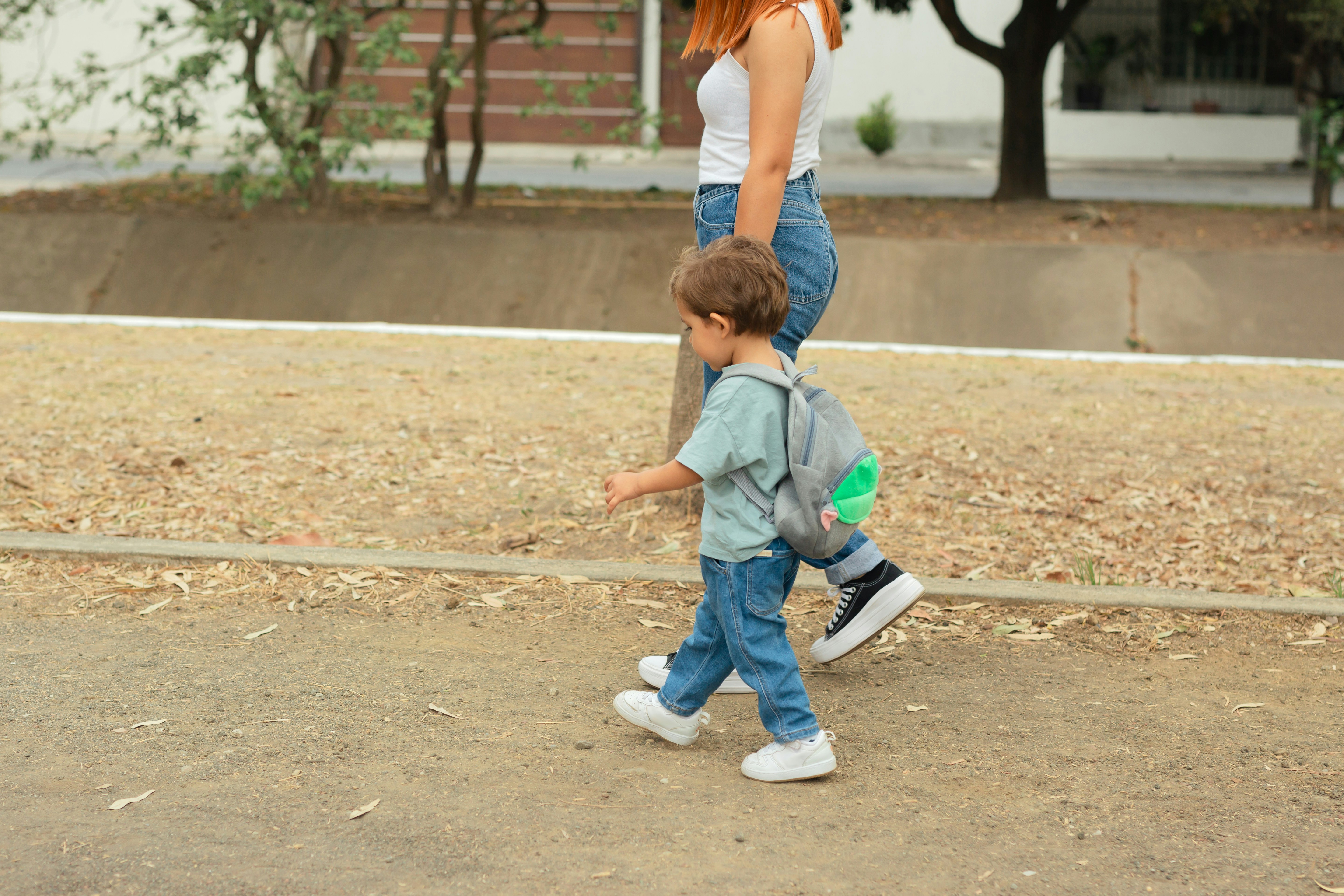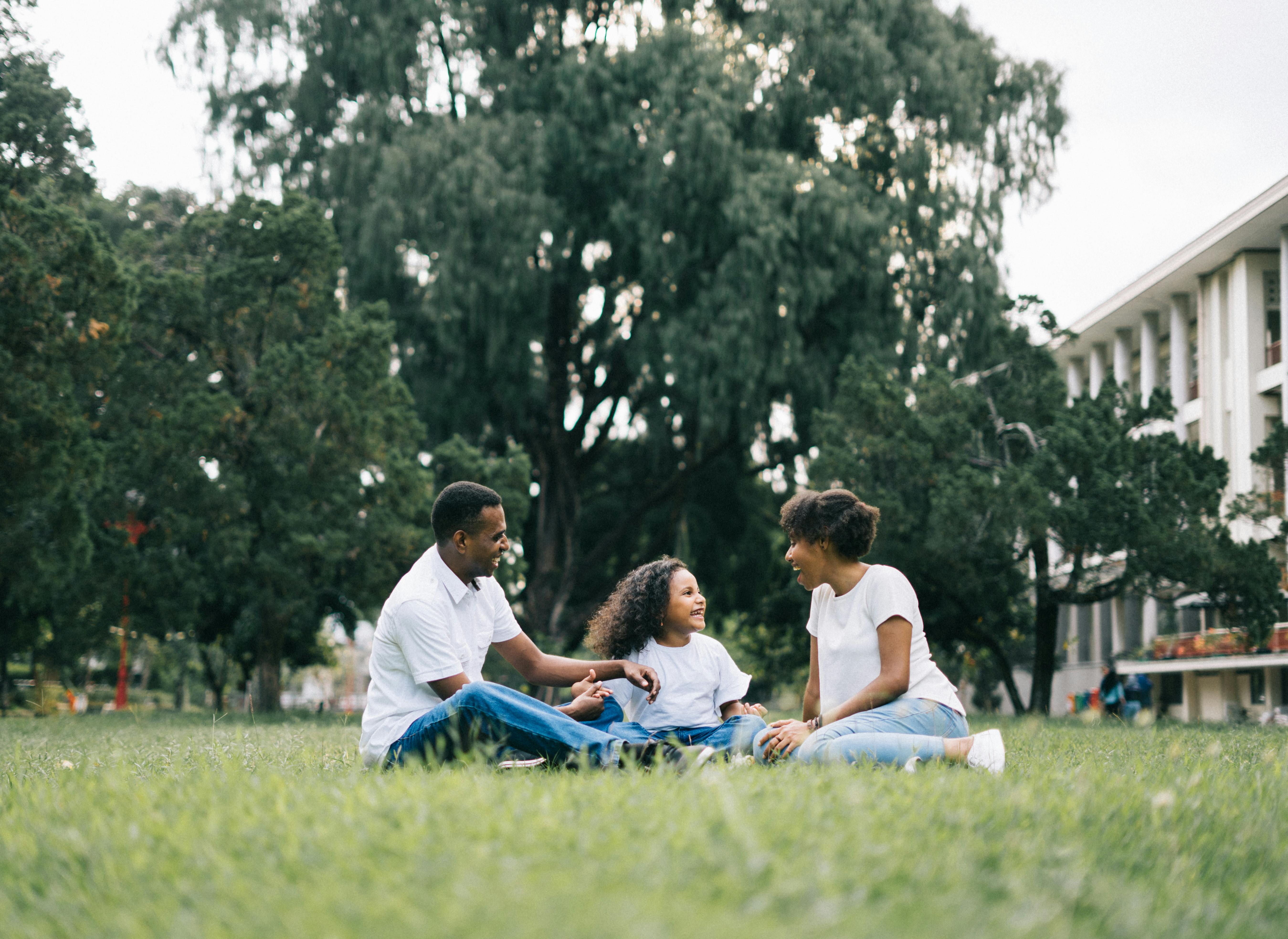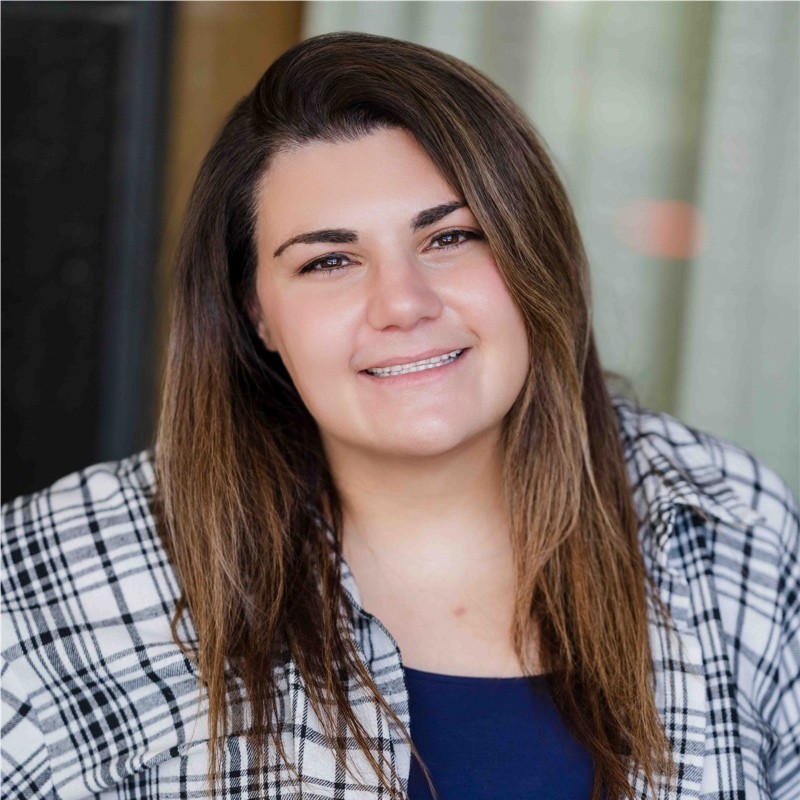As we say all the time here at Little Otter, the stage for lifelong mental health is set in early childhood. In these critical early years, it’s important to support your child’s emotional, social, and mental development.
Here are 3 therapist-approved preschool mental health activities you can do with the little ones in your family.
We’ll provide an overview of these activities below. Or, click here for a free downloadable version of these preschool mental health activities. Without further ado, here are the 3 preschool mental health activities:
Preschool Mental Health Activity #1: Make a Calm-Down Bottle Together
When young children become overwhelmed or upset, sensory activities can help them calm down and regulate their emotions. These activity encourage kids to be present in the moment.
Calm-down or sparkle bottles are both fun to make and easy to transport! This means they’re a kid-friendly tool you can use anywhere to help your child manage emotions and stress. This emotional activity for preschoolers helps foster healthy emotional awareness and regulation.
Supplies You’ll Need
- A empty clear plastic bottle
- Clear or colored glue (can use glitter glue)
- Mix ins: Glitter, sequins, small toys, beads. The lighter the better
- Water
- Super glue
- Optional: food coloring
Instructions
- Set aside uninterrupted time to do this activity with your child. If possible, choose a quiet place where you will not be interrupted. Put aside your phone (and have your child put aside their electronics, too).
- Make the calm-down bottle
- Fill the bottom of your bottle with glue (¼ - ½ cup)
- Have your child add mix-ins and food coloring - be creative and have fun!
- Fill the rest of the bottle with water
- Place superglue around the lit and screw tightly. Let dry completely before letting your child handle it.
- Encourage your child to play with the bottle. Point out to them how the glitter swirls. Encourage them to notice different colors or objects they added.
- How to use the calm-down bottle to help your child be calm
- When your child starts to become upset, shake the bottle and have your child focus on watching the glitter swirl and settle.
- Incorporate the calm-down bottle into daily activities. For example, if your child does not like to wash their hands, turn over the bottle and have them wash their hands until the glitter settles.
So now you know how to make a calm-down bottle. Download an instruction kit with this and two other preschool mental health activities here!
Preschool Mental Health Activity #2: Make a Comfort Object Together
Many kids get attached to “loveys” when they’re little: a favorite blanket, stuffed animal, or toy that they carry with them everywhere. Loveys are also called “transitional objects.”
Small comfort items are another kind of transitional object. These comfort objects help children center themselves when they feel anxious. Your child can carry the comfort object in their pocket or backpack, and hold it when they feel anxious. The comfort objects help your child connect with themselves - and with you.
Supplies You’ll Need:
- Small smooth rocks (river pebbles are great)
- Paint or markers
Instructions
- Set aside uninterrupted time to do this activity with your child. If possible, choose a quiet place where you will not be interrupted. Put aside your phone (and have your child put aside their electronics, too).
- Have your child choose a rock. You should choose one, too Make sure the rock is small enough to fit in the palm of the hand (and into a pocket). Decorate your rock with paint or markers. Choose colors and/or pictures that make your child and you feel happy and calm.
- Share with each other why you decorated your rock the way you did.
- Introduce the idea that this is a "comfort rock" that can help them to feel calm and centered.
- Each of you should hold the rock and take three deep breaths. Encourage your child to do these breathes when they hold their rock - this can help them regulate their emotions and reduce tension throughout the day.
- Encourage your child to close their eyes and roll their rock around in their hands. Have them describe what they feel (e.g. it’s smooth, it’s round, it’s cool). Encourage them to do this same activity in their head when they are anxious. Engaging their senses will help distract, comfort, and ground them.
- Plan out times for your child to hold their rock to help ground and comfort them. For example, when they separate from you to get on the bus, have them hold their rock and tell them to remember how much you love them whenever they look at it.
Preschool Mental Health Activity #3: Make a Friend Album Together
In preschool and early childhood, kids may be excited about seeing friends but unsure how to engage. You and your child can make a picture album of their friends to support their confidence in engaging with other children.
Supplies You’ll Need:
- Paper
- Colorful art supplies
- Markers or crayons
- Glue stick or tape
- Stapler
- Photos of friends (optional)
Instructions:
- Set aside uninterrupted time to do this activity with your child. If possible, choose a quiet place where you will not be interrupted. Put aside your phone (and have your child put aside their electronics, too).
- Make a page for each of your child's friends and peers (feel free to include siblings, cousins, etc). Write the child's name at the top of the page with a marker or crayon
- Print photos of these friends and peers and glue or tape them to their page
- If you don't want to print photos, have your child draw pictures on each page. If you enjoy drawing, you can help with these pictures.
- Staple the pages together to make an album.
- Go through the album with your child. Have them tell you things that they like about each friend. Talk about things they like doing with their friend or the toys and games they both like
- You can add to the friend album throughout the year.
- When you make the album with your child, you can talk about how to be a good friend–sharing, taking turns, being kind, and learning how to sort our disagreements.
So now you know 3 mental health activities to do with the preschoolers in your life!
Whether you’re a parent, grandparent, caregiver or teacher of preschoolers, these mental health activities can support their healthy development. Download all three preschool mental health activities here!
in this article
.avif)
%20Medium.jpeg)

%20Large.jpeg)
.jpg)
.jpg)








.svg)

